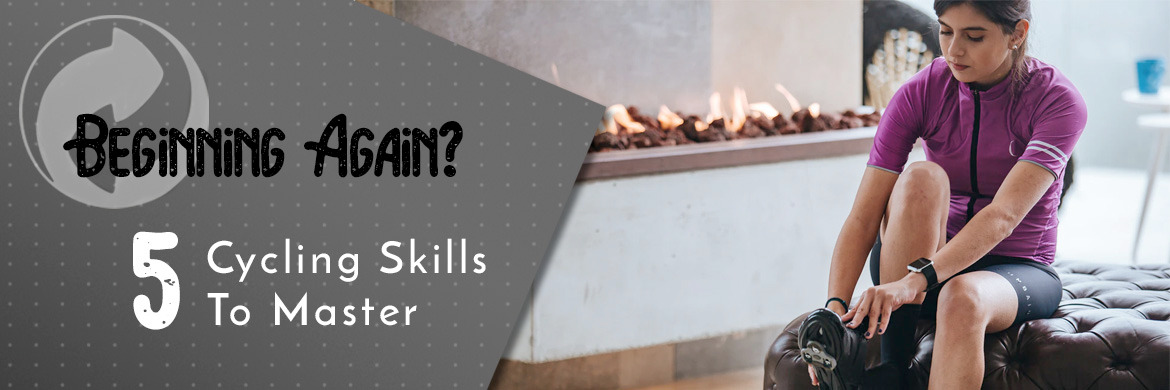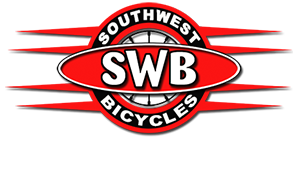
Return to Cycling
The pandemic has heralded a return to cycling for many. When the gyms closed and sporting activities were canceled, people turned to the bike once again. However, if you're one of those returning there are a few important skills to brush up on before you head out to the open road. If you're beginning cycling again, there are 5 cycling skills that you will want to master.
Water without wobble
One of the most important things while cycling is to stay hydrated. However, hydration while moving can be a tricky skill to learn (or relearn). The goal is to be able to grab, and put back, your water bottle without moving your eyes from the road. A brief glance down results in the notorious wobble that can lead to a crash. You'll want to practice on a flat road without a lot of traffic. Try first try reaching for your bottle and placing it back in its cage. Remember, the goal is not to take your eyes of the road. You'll want to repeat this motion 20 times even if you don't take a drink, and do that at some point during each ride for a few weeks. You should soon become more stable and confident in using this important skill.
Descend Safely
When you're descending, you want to remember to keep your weight on the BACK of the saddle. One of the most common crash causes is carrying your weight too far forward. If your weight is forward and you hit an unexpected bump, you may go over the handlebars. Keeping your hips firmly positioned back will keep you on the bike. If you're on a road bike, you will want to keep your hands on the drops for optimal control.
Corner like a pro
Is there a turn approaching? Always look through the turn to where you want to go, rather than into the middle of the turn. Your bike always goes where you're looking, so if you look at the curb you're trying to avoid, you'll likely run right into it. Especially as you're starting out, you may want to slow down for the corners. To do this, brake before the turn rather than in the middle of your turn. When cornering, you want to use your hips to turn, not your handlebars. You can shift your weight to one side of your bike and apply pressure on the opposite pedal. By doing this you can turn the bike without turning the handlebars. Turning like this will lead to smoother turns and a safer ride. Finally, make sure your outside foot is pushing down hard into the pedal at the 6 o'clock position (your inside foot is at the 12 o'clock position). Doing so will ensure that you don't scrape your inside pedal or lean the bike too far.
Plan your shifting
You always want to shift ahead of your terrain. You need to watch the terrain ahead to know when you want to shift. For example, when approaching a hill, shift right before you get there. If you wait too long, you lose momentum and put pressure on the chain, making it harder for the bike to shift appropriately. Your front gears are what are used to make big shifts, while your rear gears are what you use for fine tuning. Shifting is an art form that requires practice. To practice, find a comfortable gear in front, and then adjust your gearing in back. When shifting, at the moment when the chain is moving to a different gear lighten up on your pedaling ever so slightly, just for half a crank revolution. You never want to shift the front and the rear at the same time. Doing so can cause you to throw your chain or miss a shift.
Brake appropriately - not suddenly
The rule to live by with brakes is to use them evenly, especially if it's a more sudden stop (which you want to try to avoid). Your front brake provides more stopping power, which means if you slam on it abruptly you can end up going over the handlebars. Braking is another skill to practice on a flat, empty road. You will want to build up your speed and then so yourself with constant, smooth, and even pressure on your rear brake. Then add in your front brake by gradually squeezing to slightly modulate your speed. When you become more comfortable with this, you can practice on a slight downhill, and then practice to stop more efficiently. Just remember to brake with the rear first!
